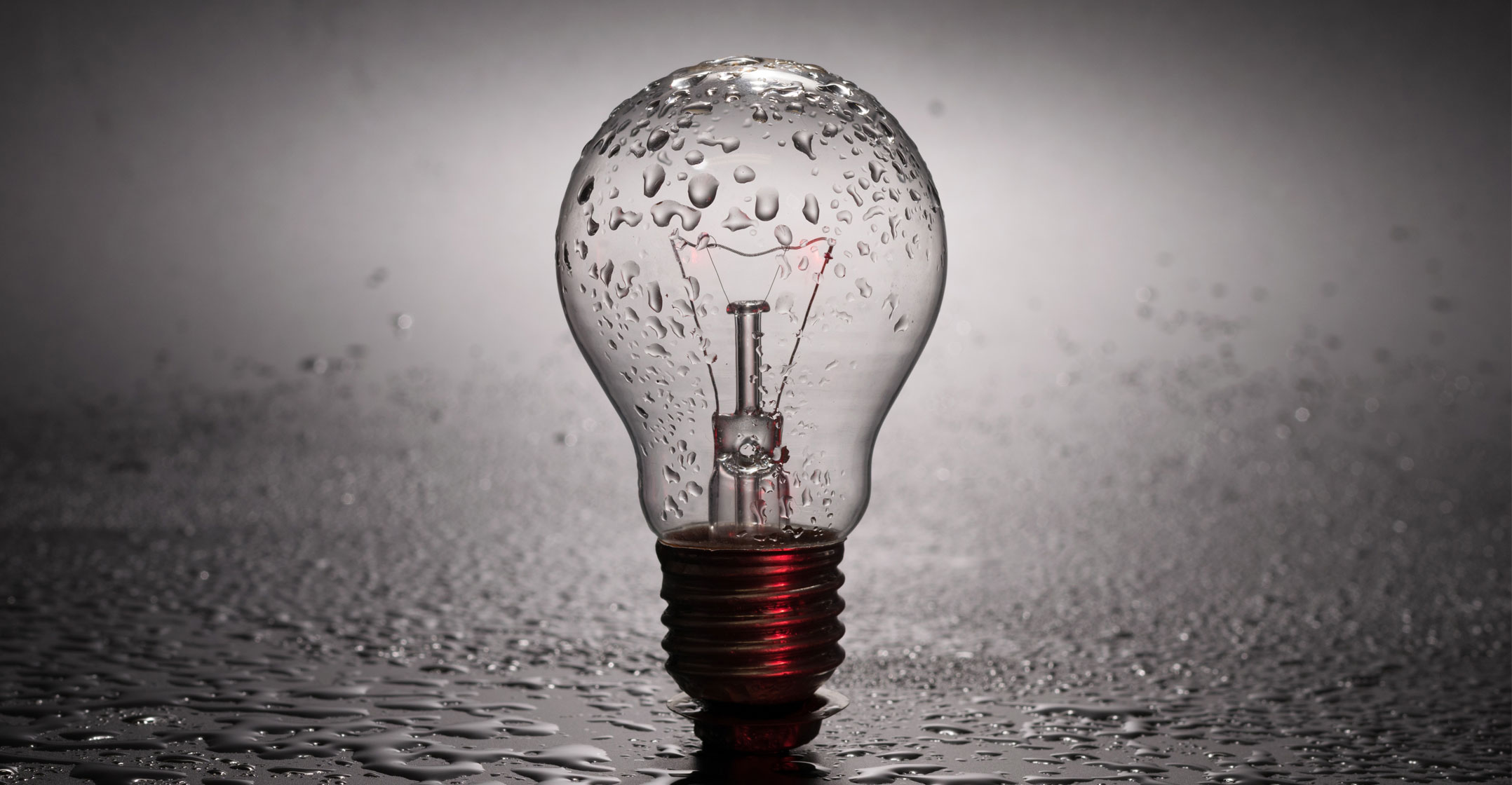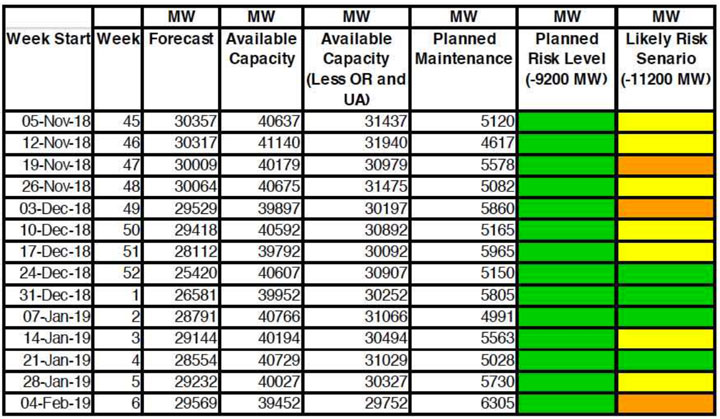 Eskom has shut down 11 power station units due for major maintenance because it lacks the funds to fix them.
Eskom has shut down 11 power station units due for major maintenance because it lacks the funds to fix them.
This comes as the embattled power utility struggles to find coal to feed its coal-fired power stations — the bulk of its fleet.
Moneyweb earlier reported that 11 of Eskom’s 15 coal-fired power stations have less than the required 20 days’ coal stock — and of those, five have less than 10 days’ stock.
The power stations that do have adequate supply are being run extremely hard, which could lead to further breakdowns and plunge the utility in a further downward spiral.
According to its latest published forecast covering the 14-week period from 5 November to 10 February, Eskom is likely to have inadequate electricity to meet the country’s demand for most of that time.

That means Eskom would be utilising expensive energy from the diesel-driven turbines owned by independent power producers, including the Avon and Dedisa peaking power facilities. When that is inadequate to plug the supply hole, South Africa will face load shedding.
The extensive use of diesel generators is set to increase Eskom’s financial headaches and give further momentum to the downward spiral.
The developments come as national energy regulator Nersa awaits written submissions on an Eskom application for a 15% tariff increase on 1 April next year and another 15% for each of the two following years. The deadline for submissions is 30 November.
If Nersa approves the full revenue amount Eskom applies for, the 15% increase will be on top of a 4.41% increase already approved for 1 April next year as part of a four-year recovery plan for amounts under-recovered in previous years.
Eskom has submitted a further application to recover R21.6-billion to compensate it for under-recoveries in 2017/2018. If approved, any part of this tabled for recovery in the next financial year will add to the percentage increase consumers face in April.
During a media workshop about its current tariff applications this week, Eskom Generation Group middle manager Brad Ross-Jones revealed that Eskom has closed 11 of the 25 generation units at three of its power stations — Grootvlei, Komati and Hendrina. That’s almost half the generation capacity of these three.
The 11 units have been placed in reserve storage, which means they can be restored to working order within a year provided there is money to buy the spares and the spares are available. He confirmed that some of the spares could have long lead times between placing the order and taking delivery.
Reserve storage
Ross-Jones explained that when units reach a stage where the operational cost is high and they need major capital intervention, Eskom places them in reserve storage since it does not have the money to do the required maintenance.
At the same time Eskom told journalists that it is not feasible to decommission (or “permanently dismantle”) power stations — a move suggested by many commentators when Eskom said it had excess generation capacity.
Nersa seemed to share this view and based its tariff determination for the current year on its view that Eskom should decommission its Arnot and Hendrina coal-fired power stations.
Eskom is taking the Nersa decision on review in the high court. No date has been set for the hearing.
 Eskom told journalists that according to its operational analysis it cannot decommission any of its commercial units unless: it maintains an energy availability factor (EAF) of 78%; new build projects are completed within current deadlines; renewable energy projects up to bid round 4.5 of the Renewable Energy Independent Power Procurement Programme start delivering power commercially as planned; and assuming realistic demand growth and a 50-year life for coal stations.
Eskom told journalists that according to its operational analysis it cannot decommission any of its commercial units unless: it maintains an energy availability factor (EAF) of 78%; new build projects are completed within current deadlines; renewable energy projects up to bid round 4.5 of the Renewable Energy Independent Power Procurement Programme start delivering power commercially as planned; and assuming realistic demand growth and a 50-year life for coal stations.
So far this year, the Eskom fleet’s EAF has been on average 72.99%. In the past weeks, it has deteriorated to well below 70%. (This would have been even worse if the units in reserve storage had been included in the calculation, but Eskom confirmed that they weren’t.)
In light of this and the possibility that other assumptions may play out differently, Eskom believes that Grootvlei, Komati and Hendrina should be retained in reserve storage as “insurance”.
The question, however, remains whether such “insurance” would pay off unless Eskom has the money to pay for spares and the capacity to plan ahead and order the necessary components in time.
- This article was originally published on Moneyweb and is used here with permission




